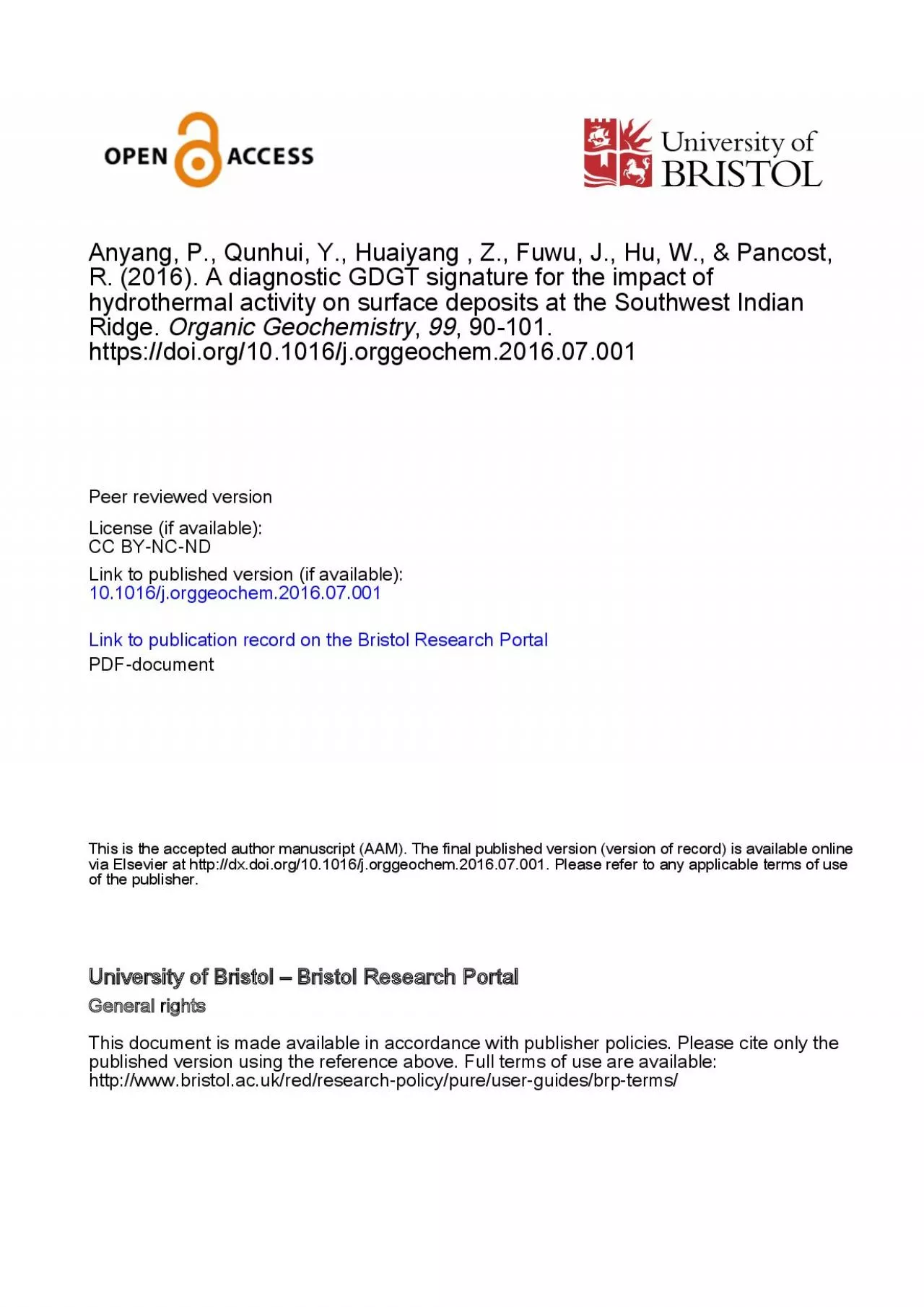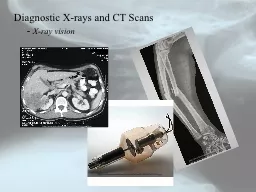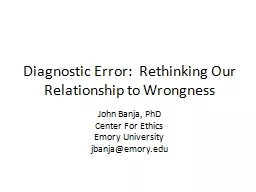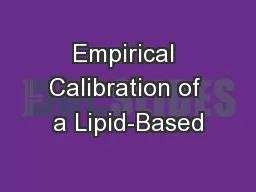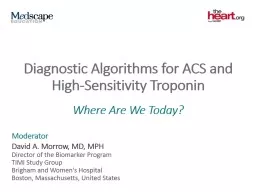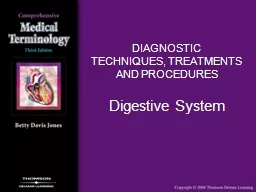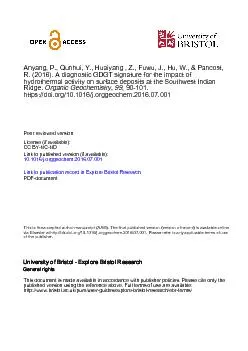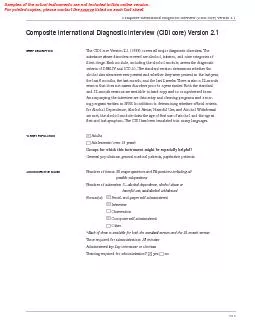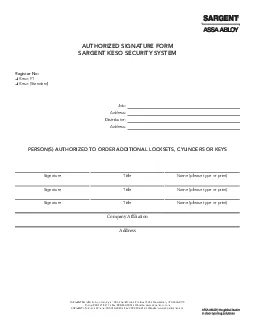PDF-diagnostic GDGT signature for the impact of
Author : bety | Published Date : 2021-08-07
1Ahydrothermal activityon surface deposits1attheSouthwest Indian Ridge2Anyang Pan a b Qunhui Yang a Huaiyang Zhou aFuwuJi a HuWangaRichard D 3Pancost b45aState Key
Presentation Embed Code
Download Presentation
Download Presentation The PPT/PDF document "diagnostic GDGT signature for the impact..." is the property of its rightful owner. Permission is granted to download and print the materials on this website for personal, non-commercial use only, and to display it on your personal computer provided you do not modify the materials and that you retain all copyright notices contained in the materials. By downloading content from our website, you accept the terms of this agreement.
diagnostic GDGT signature for the impact of: Transcript
Download Rules Of Document
"diagnostic GDGT signature for the impact of"The content belongs to its owner. You may download and print it for personal use, without modification, and keep all copyright notices. By downloading, you agree to these terms.
Related Documents

